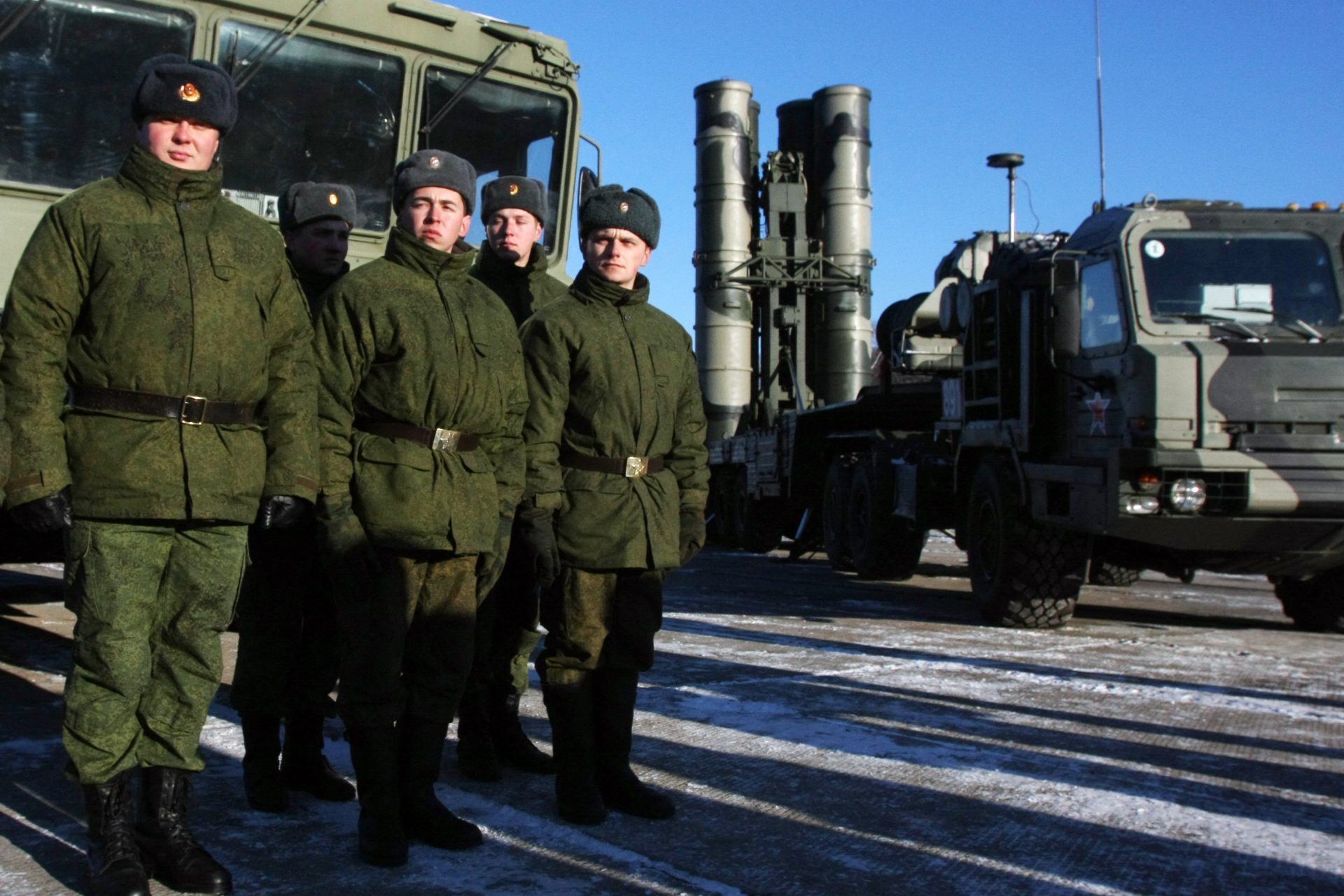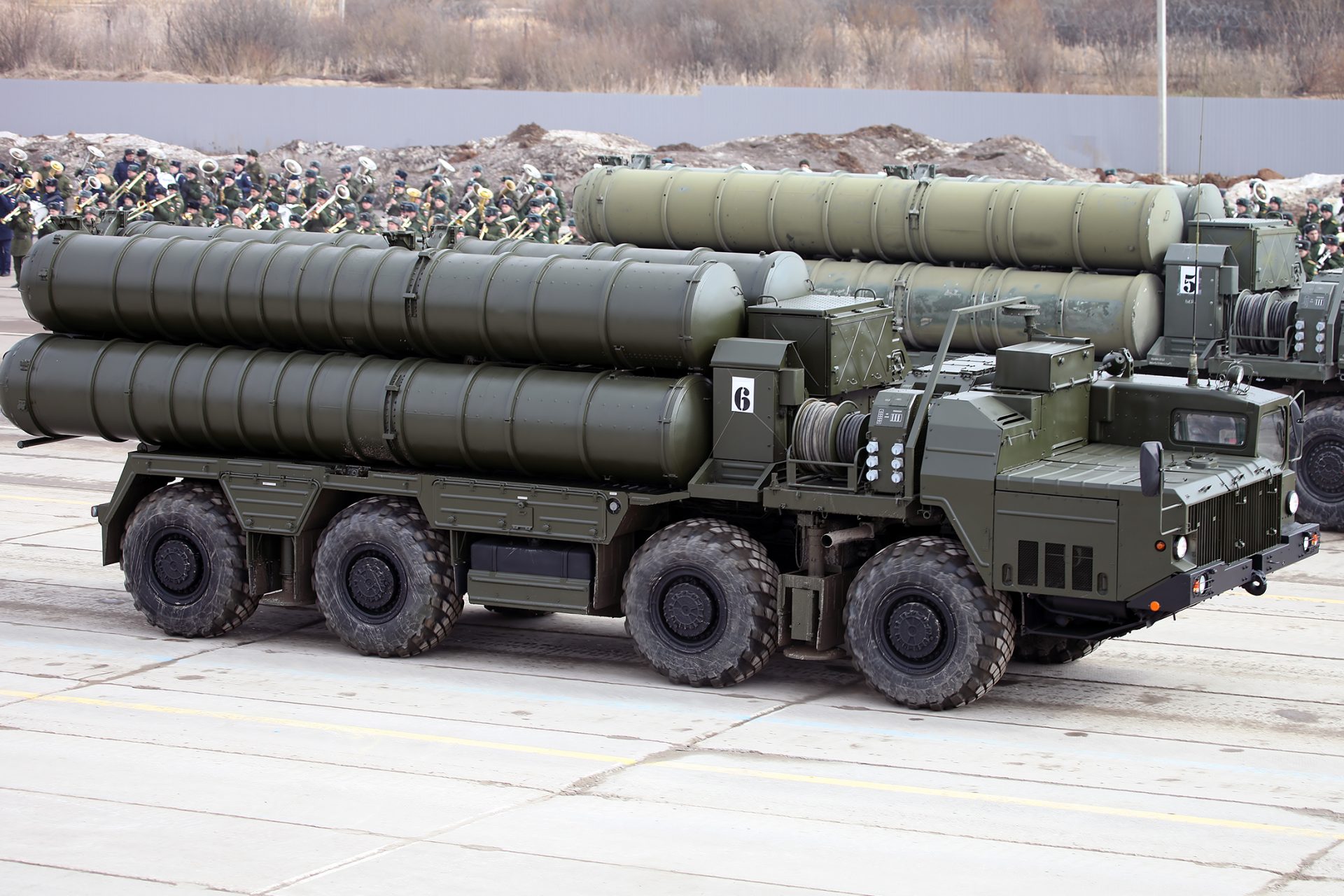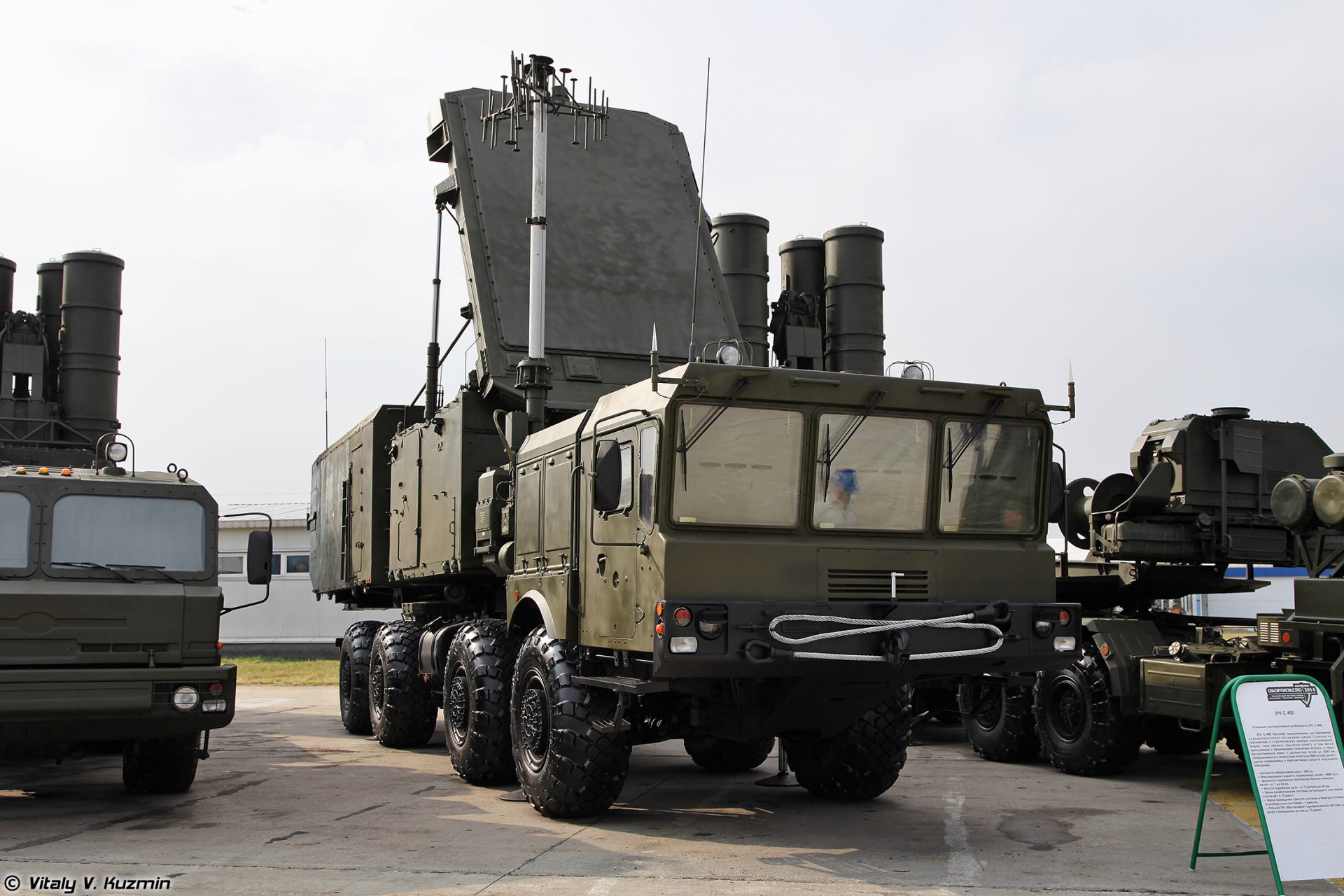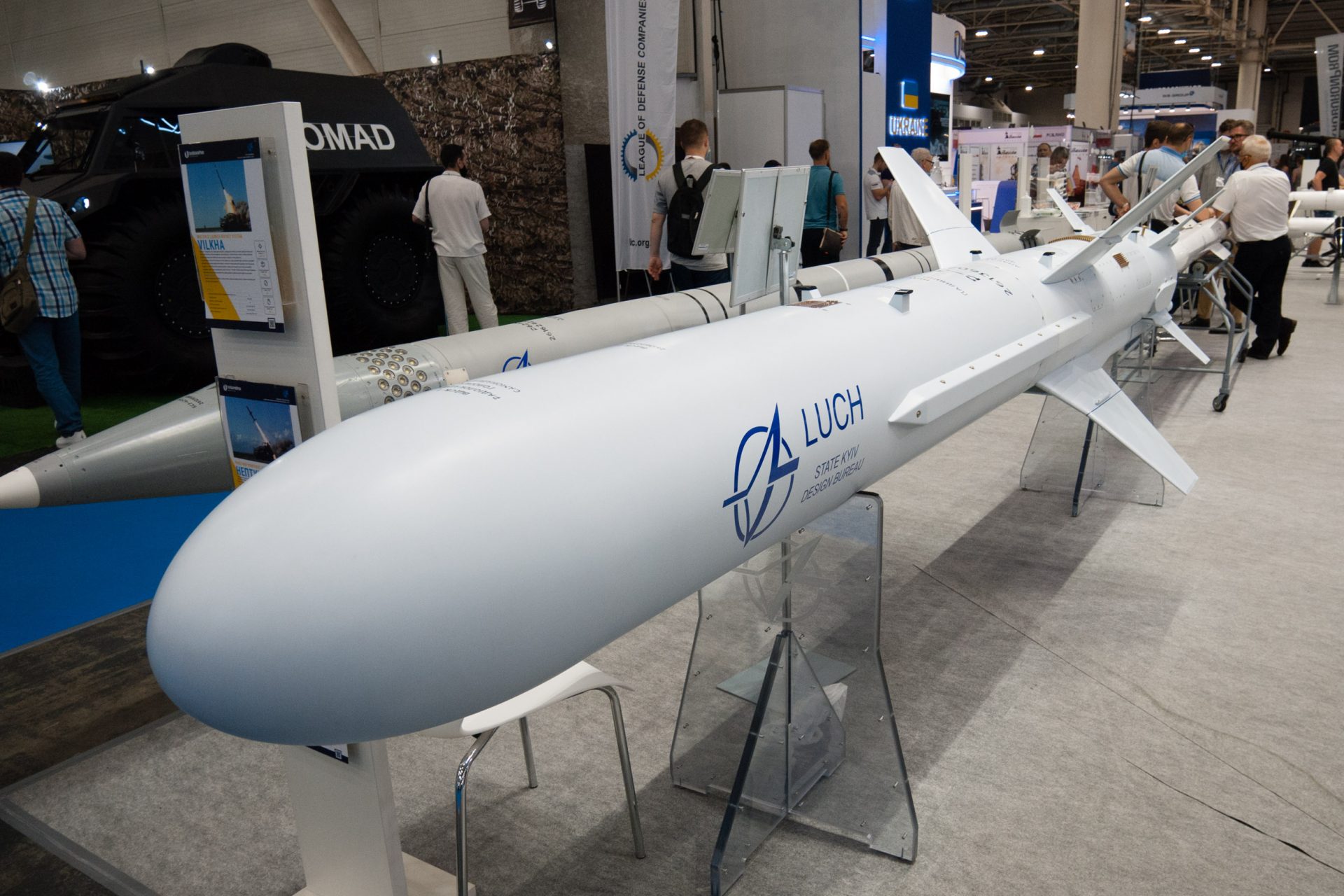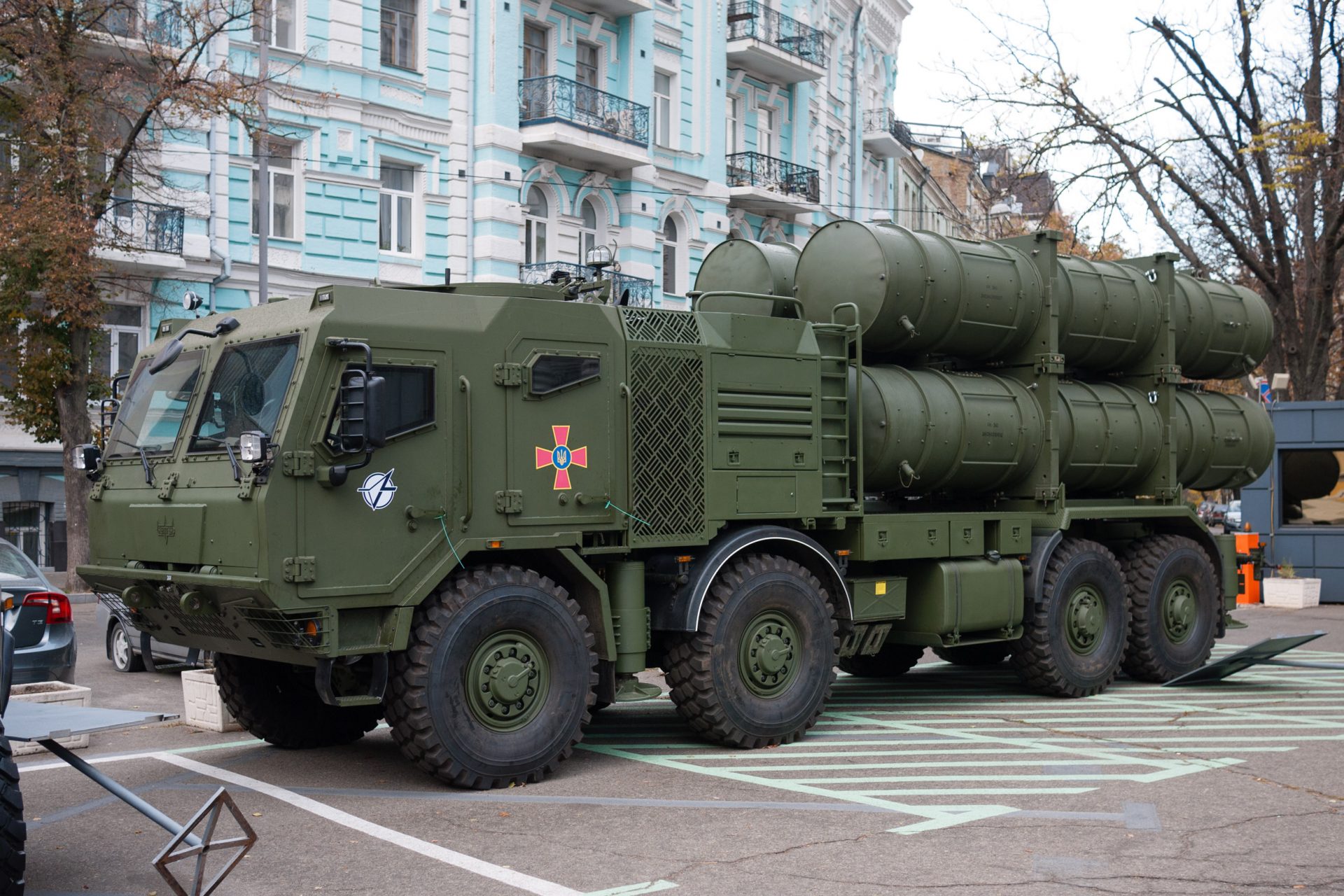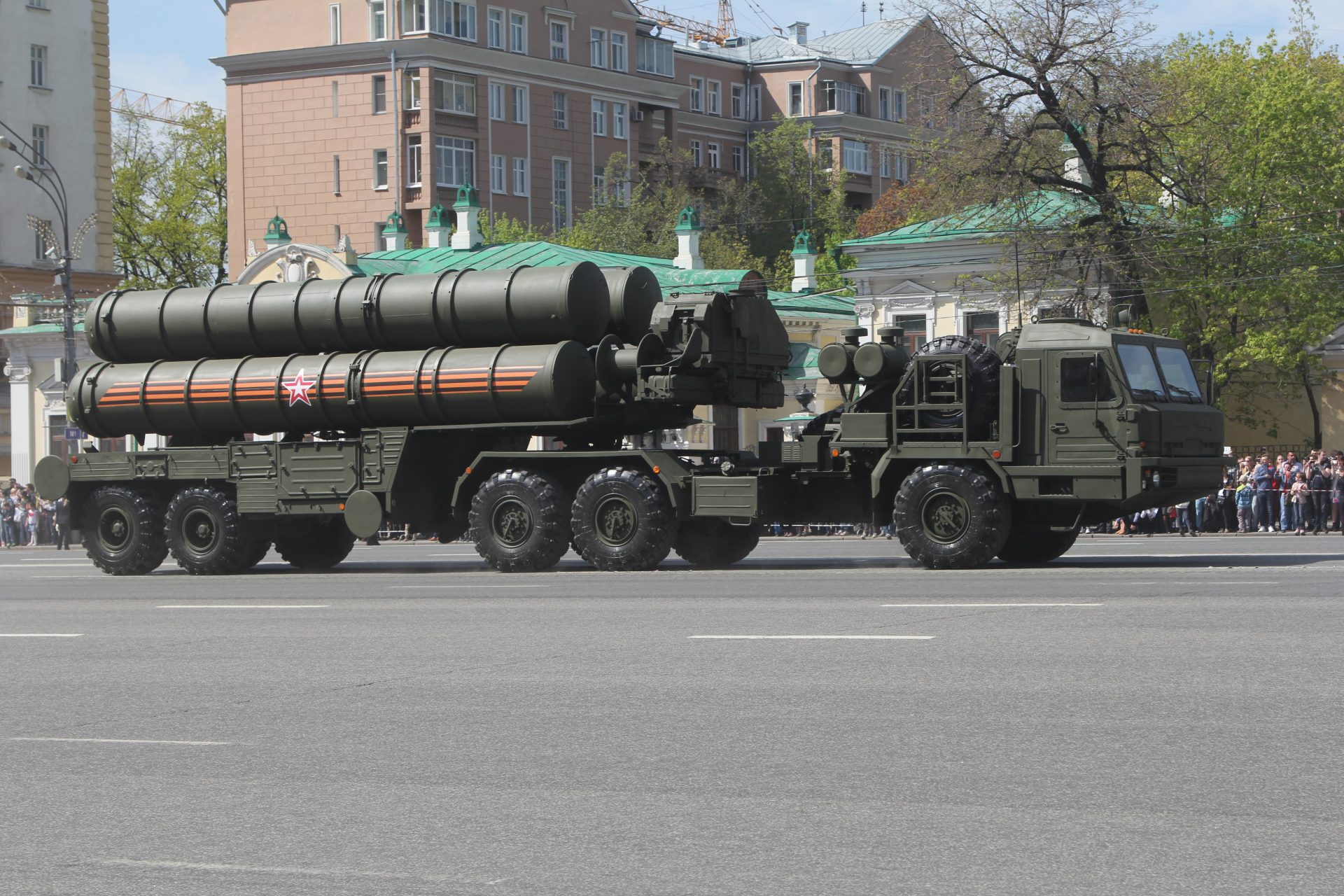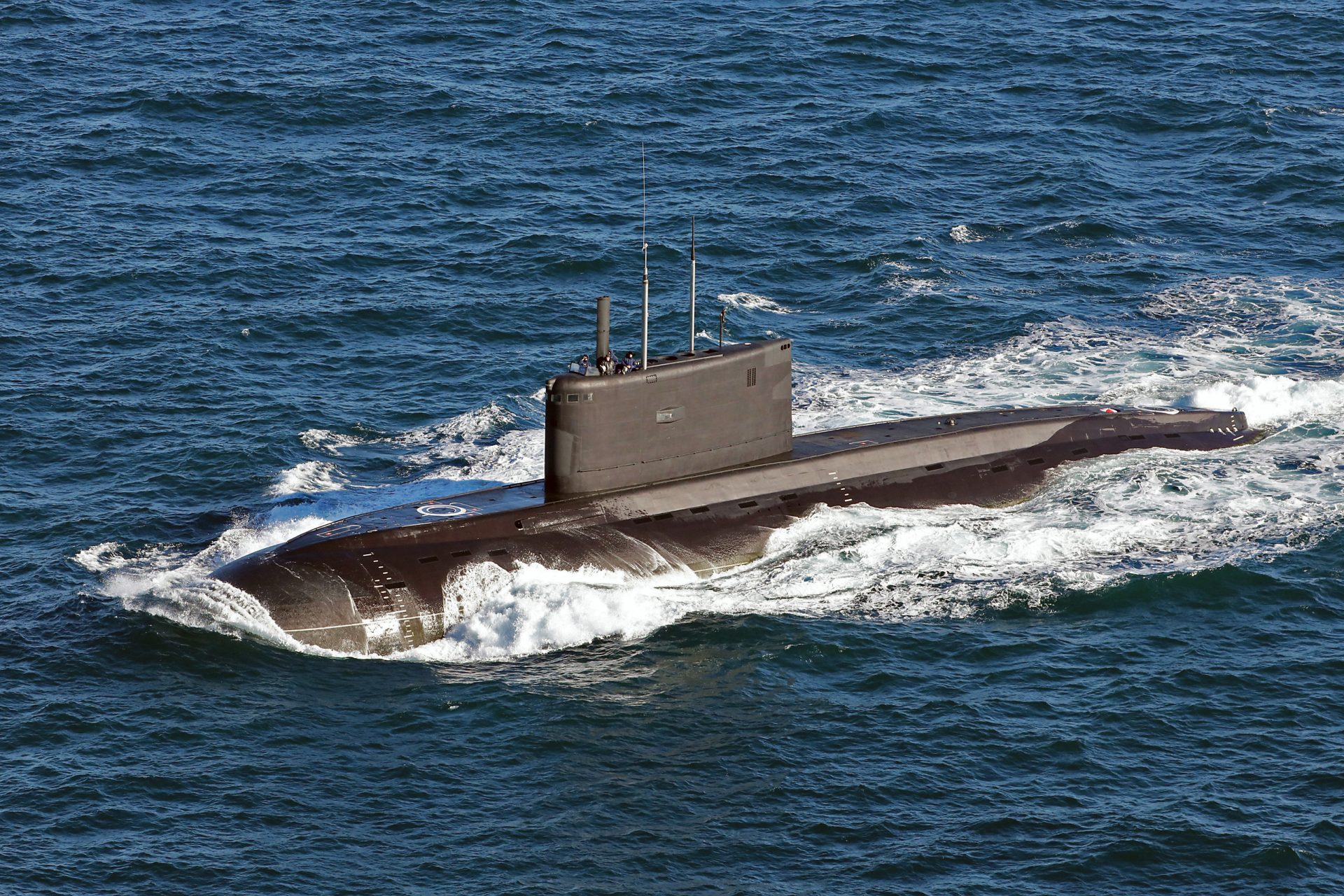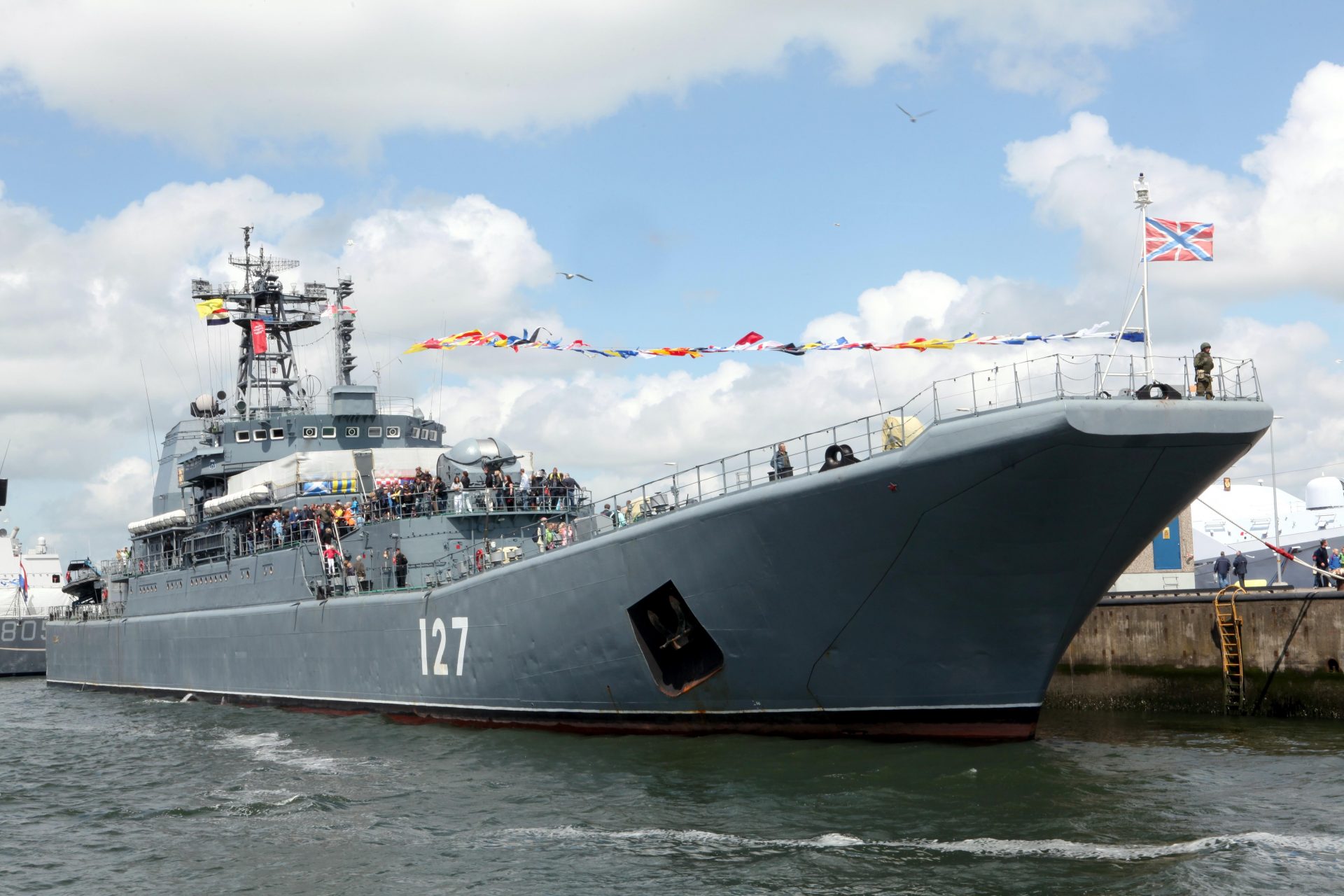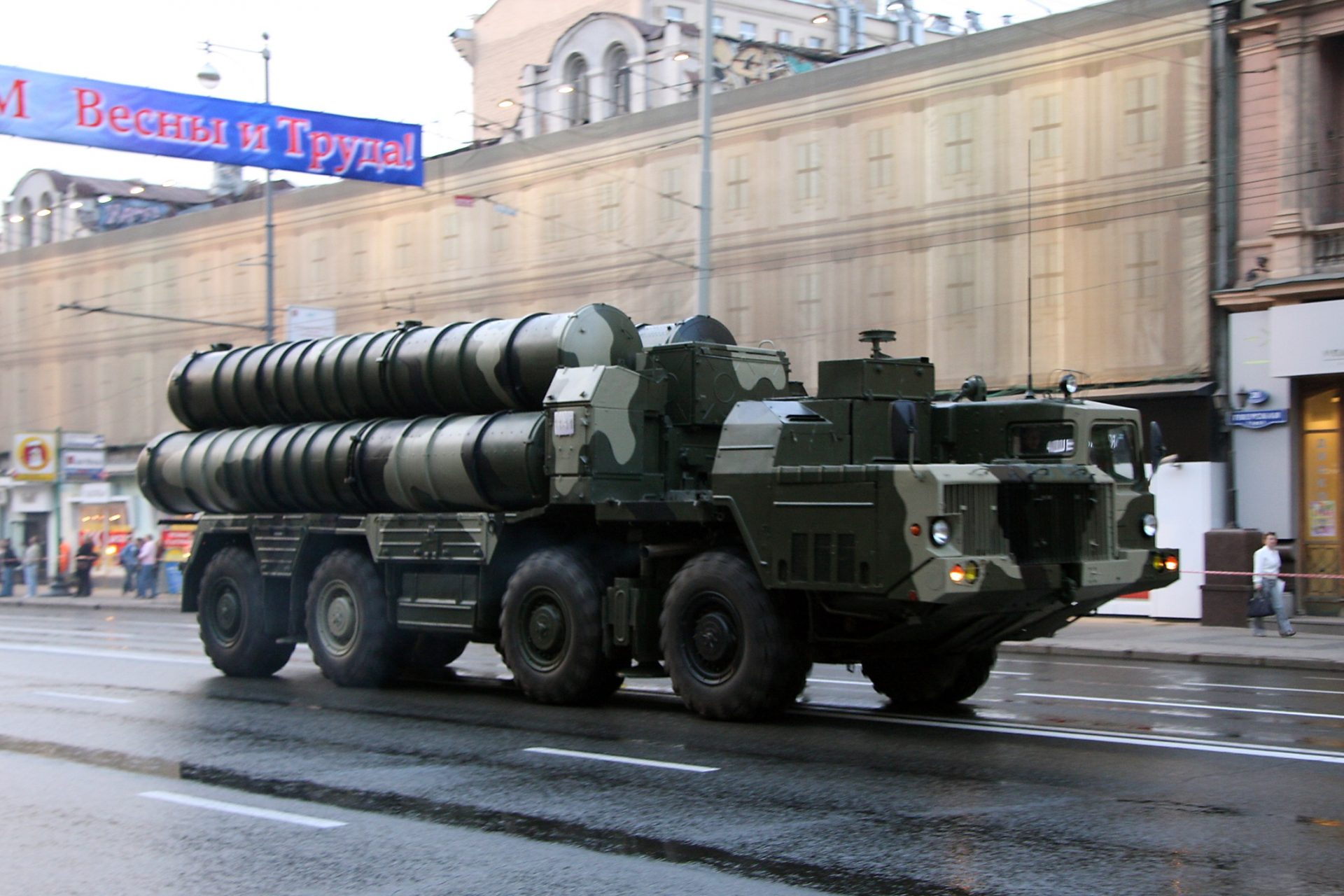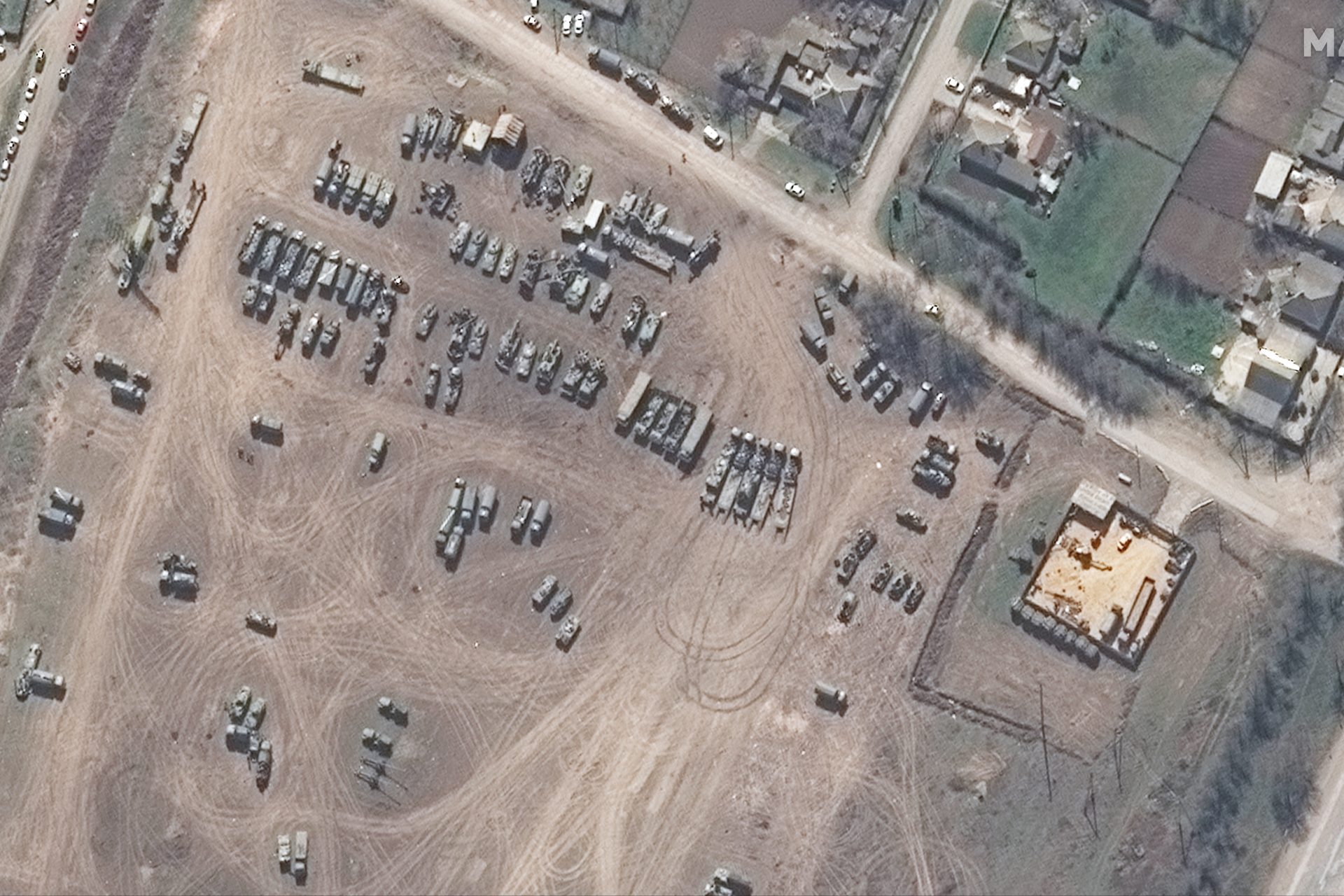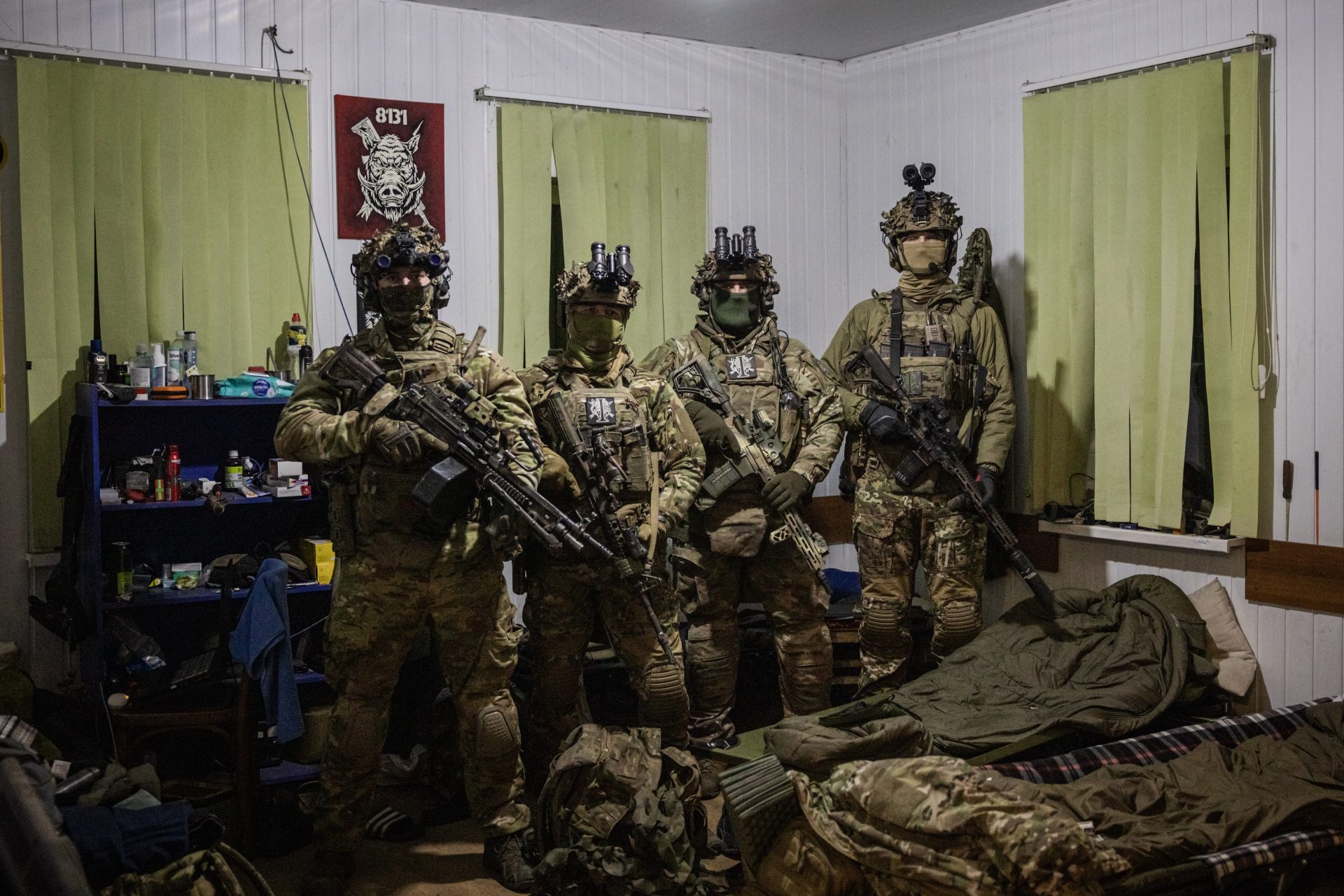Remember when Ukraine destroyed two air defense systems worth $1.2 billion?
The Ukrainian Armed Forces have gained an international reputation for their ability to find and destroy high-value Russian military targets. But there have been few stories as interesting as the advanced missile-defense systems Ukraine took out in September 2024.
Ukraine destroyed one of Russia’s most advanced air defense systems in Crimea according to information revealed from an unnamed source inside of the Ukrainian Security Service that was published by a variety of media organizations shortly after the attack.
Photo Credit: Wiki Commons By Vitaly V. Kuzmin, CC BY-SA 4.0
The source explained drones were used to take out radar stations near Yevpatoriya, and cruise missiles were then launched that destroyed one Russian S400 Triumf air defense system as well as an S300 system.
Photo Credit: Wiki Commons By Vitaly V. Kuzmin, CC BY-SA 4.0
"After disabling the radar stations,” the source revealed to BBC News, “the navy units hit the S300 and S400 'Triumph' systems, worth $1.2bn, by two Neptune cruise missiles."
Photo Credit: Wiki Commons
BBC News noted the Neptune missile was originally designed by the Ukrainian military for use against naval targets but had since been modified by Ukraine to hit ground targets as well.
Pictured Napture Missile Launch Vehicle / Photo Credit: Wiki Commons
The destruction of an S400 air defense system was another feather in the cap for Ukraine which had sought to knock out Moscow’s ability to defend its military assets in Crimea during the country's summer offensive.
Pictured: S400 / Photo Credit: Wiki Commons
No further details were provided about the number of batteries hit but the BBC News did say it was able to verify the claims that were made based on video evidence of the attack that had circulated on social media.
Video footage showing smoke billowing into the night sky was quick to make its way to social media, leading some to question if the attack on the air defense systems was connected to a different attack on Sevastopol that occurred on the same day.
On September 13th, Ukraine launched ten Storm Shadow cruise missiles at a shipyard in Sevastopol and damaged a Kilo-class submarine and a Ropucha-class landing ship.
Photo Credit: Wiki Commons By Photo: LA(Phot) Guy Pool/MOD, OGL v1.0
The two vessels were later identified as the Rostov-on-Don and the Minsk by Ukrainian officials according to Politico. Ukrainian Navy spokesperson Andriy Yusov noted that both the submarine and landing ship most likely could not be restored.
Pictured: The Minsk / Photo Credit: Wiki Commons By Joost J. Bakker from IJmuiden - RFS Minsk 127 Uploaded by oxyman, CC BY 2.0
Moscow was silent on the issue of the two destroyed air defense systems at the time but the country's Ministry of Defense did say its air defense crews shot down eleven drones according to Reuters.
BBC News reported that local Russian-appointed officials did not report any damage to the military facility targeted near Yevpatoriya nor the two air defense systems Ukraine hit in their attack.
The S400 is a surface-to-air missile system that evolved out of the earlier S300 missile system and is considered Russia’s best air defense weapon according to The New York Times.
Pictured: S300 / Photo Credit: Wiki Commons By Vitaly V. Kuzmin
What makes the S400 different from other air defense systems in Russia’s arsenal is its ability to target multiple aircraft at a range of about 155 miles and altitudes up to 82,000.
The New York Times noted the system was designed to “act as the backbone of an air defense network that has several layers of defenses,” meaning it works in concert with other shorter-range systems to provide a protective cover for Russian military assets.
Destroying this system will create a gap in Moscow’s air defense in Crimea, which could result in more attacks on more high-value Russian targets on the occupied peninsula.
BBC News noted the S400 can destroy both aircraft and ballistic missiles while the most updated version of the system can fire missiles that travel 250 miles and operate at an altitude of 30 miles.
More for you
Top Stories



